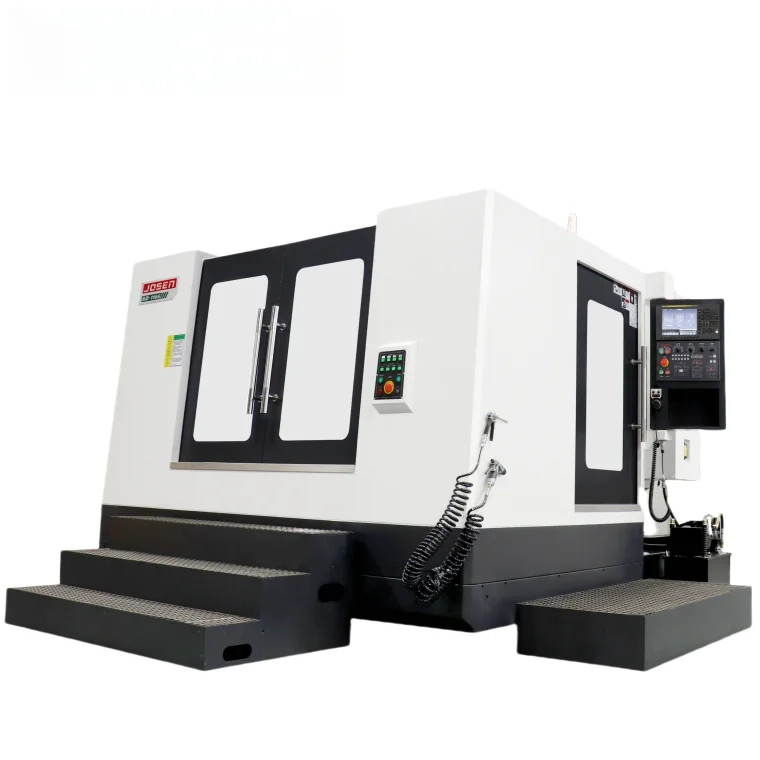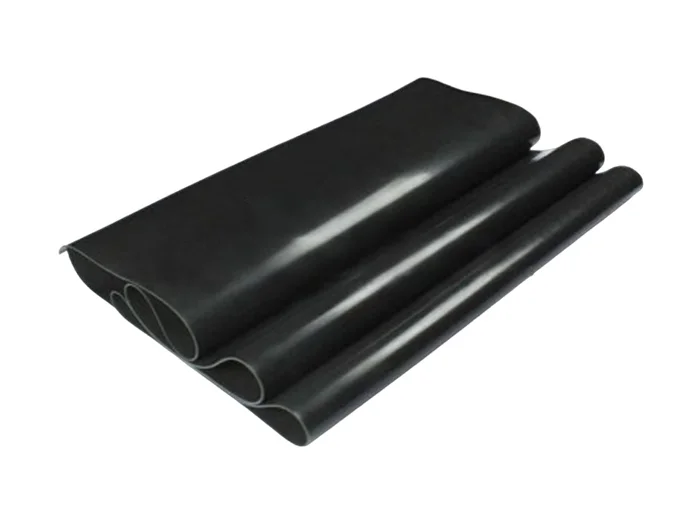In the digital age, where documents are often created and shared electronically, the relevance of traditional printing methods may seem diminished. However, laser printers continue to hold a significant place in both home and office environments due to their speed, efficiency, and high-quality output. A common question that arises among users is: How long can a laser printer sit unused without affecting its performance? This article delves into the factors influencing the longevity of laser printers when not in use, the potential risks of prolonged inactivity, and best practices for maintaining optimal functionality.
Understanding Laser Printer Mechanics
Before addressing the question of inactivity, it’s essential to understand how laser printers operate. Unlike inkjet printers, which use liquid ink, laser printers utilize toner—fine powder that is fused onto paper using heat. This fundamental difference in technology plays a crucial role in determining how long a laser printer can remain idle without adverse effects.
Factors Affecting Longevity During Inactivity
- Toner Composition:
The quality and composition of toner can significantly impact how long a laser printer can sit unused. High-quality toners are designed to resist clumping and degradation over time. However, lower-quality toners may settle or harden, leading to potential clogs in the printer’s imaging drum or transfer belt. - Environmental Conditions:
The environment in which the printer is stored plays a critical role. Humidity and temperature fluctuations can affect both the toner and the printer’s internal components. Ideally, laser printers should be kept in a climate-controlled environment to minimize the risk of moisture damage or static electricity buildup, which can lead to malfunctions. - Printer Model and Technology:
Different models and technologies may have varying tolerances for inactivity. Newer models often come equipped with features designed to prevent issues associated with prolonged non-use, such as automatic cleaning cycles or energy-saving modes that keep components in optimal condition.
Risks of Prolonged Inactivity
- Toner Settling and Clogging:
If a laser printer is left unused for an extended period—typically more than a month—toner can settle and potentially clog the printer’s components. This can lead to poor print quality, including streaks or faded prints, and may require extensive cleaning or even replacement of parts. - Drum and Fuser Issues:
The imaging drum and fuser are critical components of a laser printer. Extended periods of inactivity can lead to the drum drying out or the fuser’s adhesive properties deteriorating, resulting in print quality issues that may necessitate professional servicing. - Software and Firmware Updates:
In today’s connected world, printers often require software and firmware updates to function optimally. Leaving a printer unused for too long may mean missing out on these updates, which can affect performance and security.
Best Practices for Maintaining Your Laser Printer
To ensure that your laser printer remains in good working condition, even during periods of inactivity, consider the following best practices:
- Regular Use:
Aim to use your laser printer at least once a month. This helps keep the toner agitated and prevents settling, ensuring that the printer is ready for use when needed. - Proper Storage:
If you anticipate not using your printer for an extended period, store it in a cool, dry place. Avoid areas with high humidity or extreme temperatures, as these conditions can adversely affect both the printer and the toner. - Perform Maintenance:
Regularly clean the printer’s interior and exterior, including the toner cartridge and imaging drum. Follow the manufacturer’s guidelines for maintenance schedules and procedures. - Keep Firmware Updated:
Ensure that your printer’s firmware is up to date. This not only enhances performance but also improves security and compatibility with various operating systems. - Consider a Maintenance Kit:
Some printers offer maintenance kits that include essential components such as rollers and fusers. Investing in these kits can prolong the life of your printer and ensure consistent performance.
Conclusion
In summary, while laser printers are robust machines capable of sitting unused for a certain period, prolonged inactivity—especially beyond a month—can lead to various issues that compromise performance. By understanding the factors that influence a laser printer’s longevity and implementing best practices for maintenance, users can ensure their printers remain in optimal condition, ready to deliver high-quality prints whenever needed. Whether for home or office use, taking proactive steps can significantly extend the life of your laser printer, making it a reliable tool in your arsenal.






+ There are no comments
Add yours